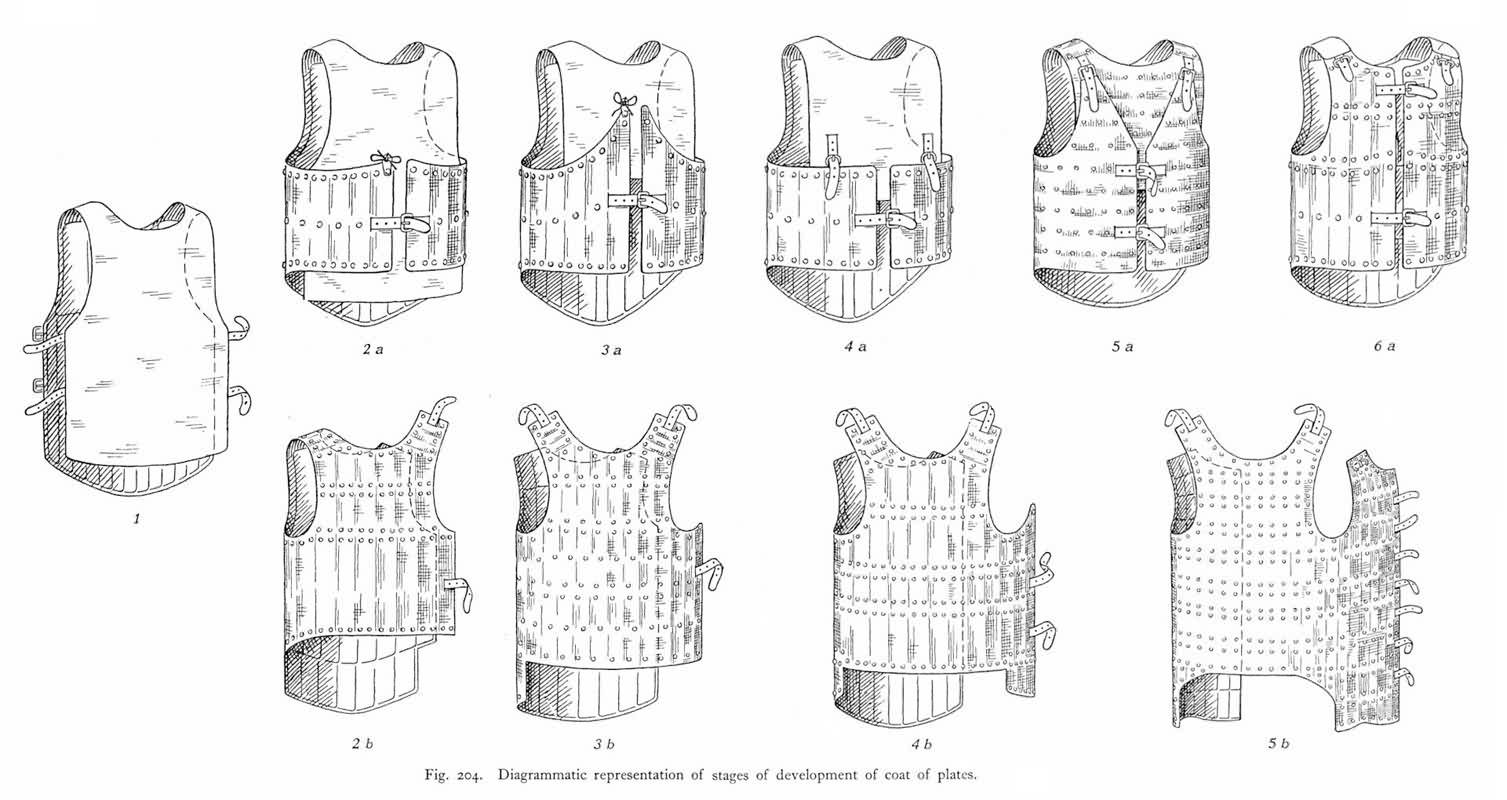Not certainly in that way. What is logical for Europe can not always be transferred to the East.
The main feature of the cavalry of nomads that most of its riders had no armor at all. The main tactic is mass shooting and rapid movement. And the riders in armor are a layer of pretty rich warriors. They are the ones who can afford to stand out among the rest of the wealth of weapons. And their entourage stood out from the ordinary soldiers simply by the presence of armor.
The complexity of manufacturing helmets of different types (even without gilding and decoration) was very different. It’s silly to think that a simple rider could afford a prestigious helmet without gilding.
There is still a big problem in understanding where armor was made and how much they were available at all. What could they do on the spot, what was bought in other countries. Life is not a game - where with the construction of the forge you can do anything.
PS.
Often the essence of criticism is not in the 100 years of age of the armor. The essence is in bad models - they are often made with huge mistakes and fantasies. You can compare as many as you like simple and expensive helmets - but this does not change the fact that there are bad models of weapons and armor. And there are a lot of them … 
















